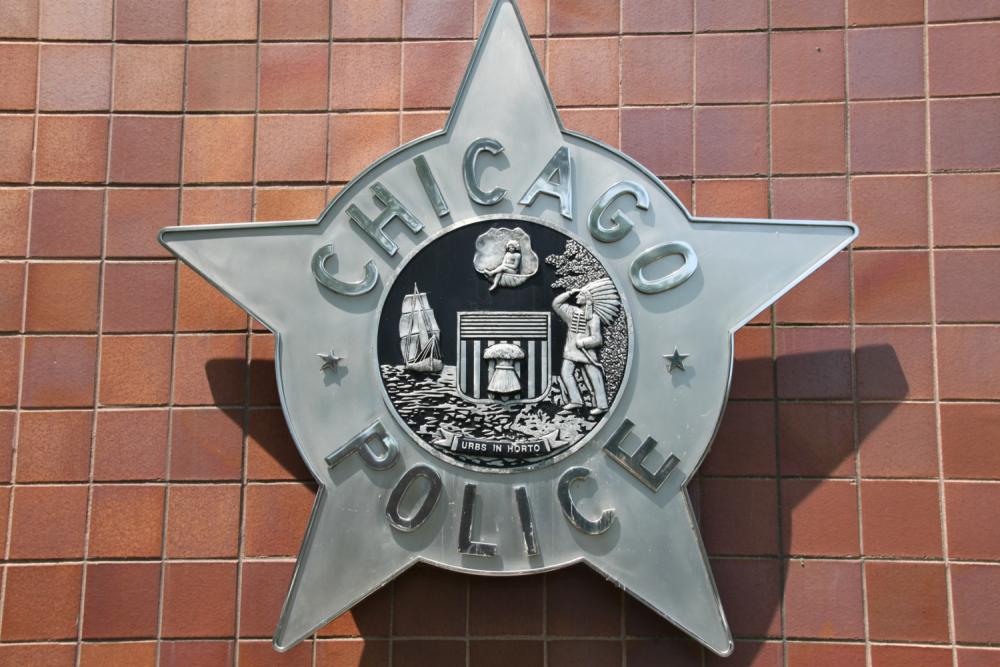The Chicago Police Department, facing a U.S. Justice Department probe of allegedly widespread civil rights violations, on Friday announced new limits on when officers can use force.
The department has been heavily criticized since the court-ordered release of video showing Officer Jason Van Dyke shooting 17-year-old Laquan McDonald 16 times as the teen armed with a knife appeared to walk away from police. The fatal shooting led to sustained street protests, the firing of police Superintendent Garry McCarthy and the Justice Department probe
In a statement, police spokesman Anthony Guglielmi said the changes place a “heavy emphasis on the sanctity of life.”
Among the proposals outlined for the Tribune are:
•Requiring that officers see an “immediate threat” before they use force against a fleeing person suspected of a felony. Current guidelines say officers can shoot a fleeing felony suspect who poses a threat. Under the new policy, there should be another threat present — such as a gun.
•Limiting Taser discharges to three during an incident.
•Requiring that officers administer first aid or medical care, whenever possible, to subjects they have used force against. Officers will be expected to show compassion and care.
•A general emphasis on de-escalation, or helping officers use time or distance to their advantage to get control of an incident before resorting to deadly force.
For the first time, the Police Department will seek public input about the policy on its website. The ultimate decision on any changes, though, still rests with police Superintendent Eddie Johnson.
Johnson held a news conference Friday morning to discuss the changes. He touted the department’s move toward taking public input.
“The days where CPD developed major policy on issues like the use of force at headquarters, then distributed it to few, mostly (command staff) with little or no opportunity to comment or obtain experienced practical advice from the street officers and from those who bear the burden, or from citizens who will feel the outcome of these decisions — those days are gone,” Johnson told reporters.
Since the McDonald scandal erupted, the city has moved to stay ahead of the Justice Department investigation, significantly expanding the use of Tasers and body cameras as a way to inject accountability and transparency into the department.
Mandatory de-escalation training for the department’s approximately 12,000 officers started last month. The 16-hour course serves as a refresher on when deadly force is required and also some guidance for officers on how they can find ways to reduce conflicts without using force.
In January — just two months after the McDonald video was released — the department quietly infused its use-of-force guidelines with “sanctity of life language,” emphasizing on paper the department’s aim to preserve life when possible. But there was no public announcement and limited training for officers.
Already, the department has dispatched command staff to roll calls to introduce the changes. Officers are also encouraged to comment, officials said. But this time, they will be trained on the policy before they are expected to adhere to it, the source said.


